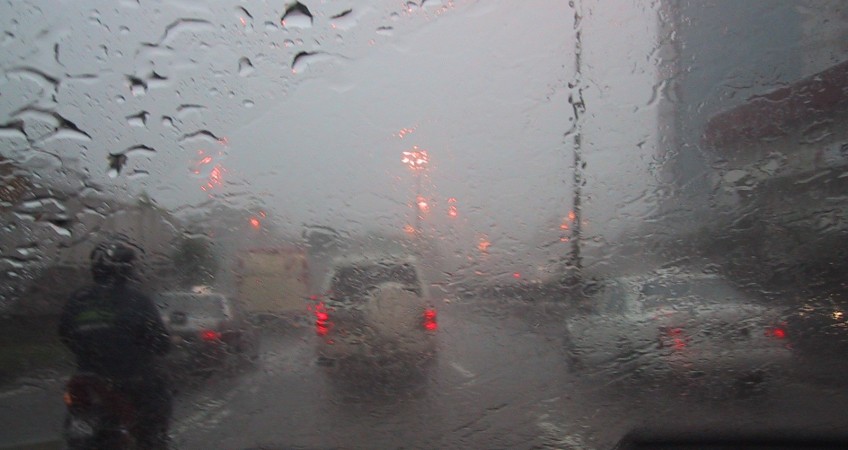
During every rain and snow storm, the news is full of stories about accidents caused by poor drivers ignoring road and weather conditions. In fact the California Highway Patrol reported that in 2011, more than 8,615 people were killed or injured in California in crashes involving rain, snow, and fog. Anyone who has driven on wet roads knows you need to take extra care to avoid trouble. That means slowing down to meet conditions, looking out for potholes and black ice, and understanding that not only do oil and water not mix, but that it is ideal for causing hydroplaning. Of course, the biggest road hazard during a rain or snow storm is the driver who doesn’t know or doesn’t care about safety.
By driving at lower speeds, you are in a better position to be prepared for sudden stops due to debris and other wet-weather driving hazards. Something else to do is check brakes after driving through puddles or other water hazards. Give them a tap or two when it’s safe. Speaking of water, it’s best to use the center lane when you can. Avoid outside lanes where water tends to collect. Also be wary of pooled water on the road as it may be concealing a deep pothole.
Before swerving around a pothole, check the surrounding lanes to be sure they’re clear. Don’t brake directly over a pothole. Applying brakes causes the car’s weight to shift to the front of the vehicle and can increase damage from the impact. Potholes are another reason to leave plenty of space between you and the car in front of you, as you will have extra time to identify and avoid these road hazards.
Be sure to maintain a safe distance from the vehicle in front of you. On wet pavement, a car needs two to three times more stopping distance than dry. Add ice to the equation and multiply that figure a bit more. Extra distance provides a buffer zone in case of skids – you or the vehicle in front of you. If the car skids and control is lost, do not slam on the brakes. Instead apply the brakes with a steady, light pressure. DO NOT pump the brakes on ABS-equipped vehicles. Remember to steer in the direction the car is sliding.
If your area is experiencing inclement weather, you need to turn on your headlights. Even if isn’t raining or snowing that minute, it is an extra safety precaution that takes seconds to do. Not only is it easy, it is California state law.
